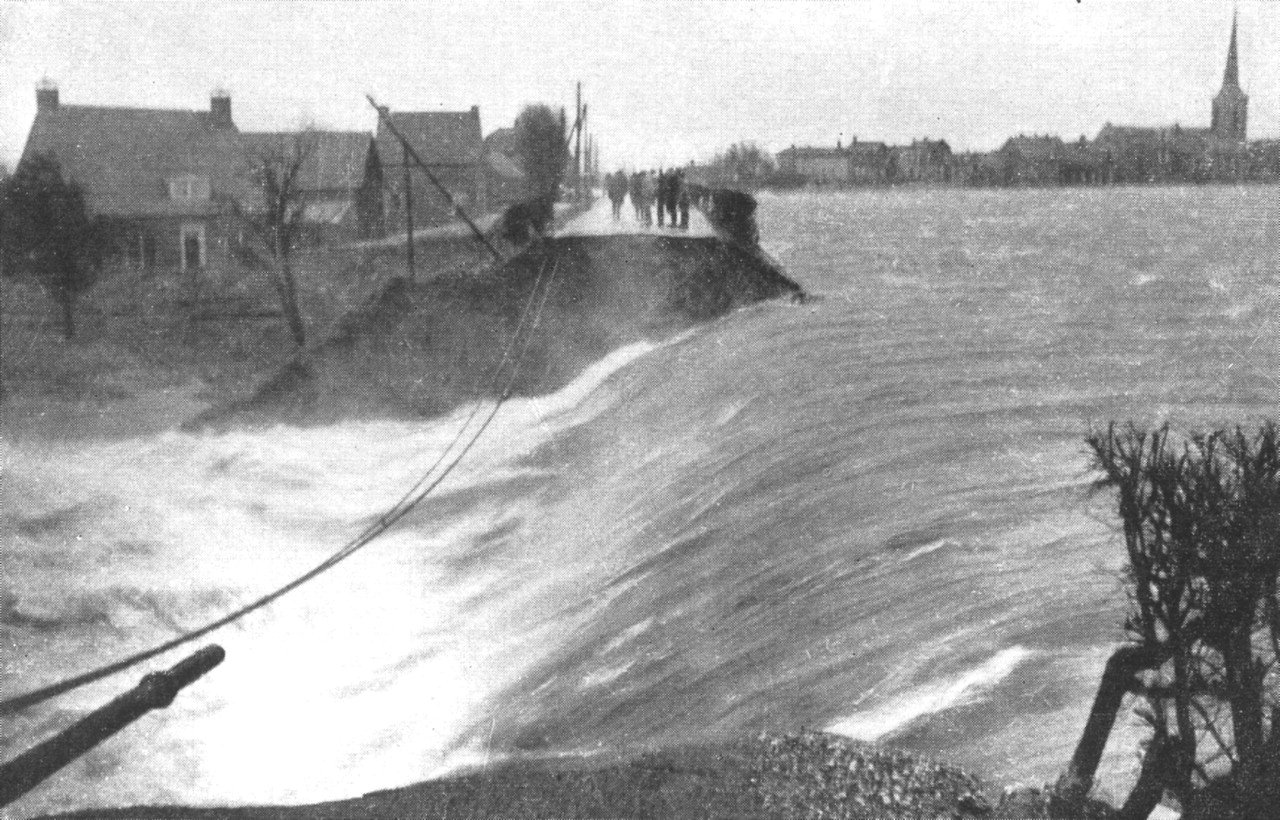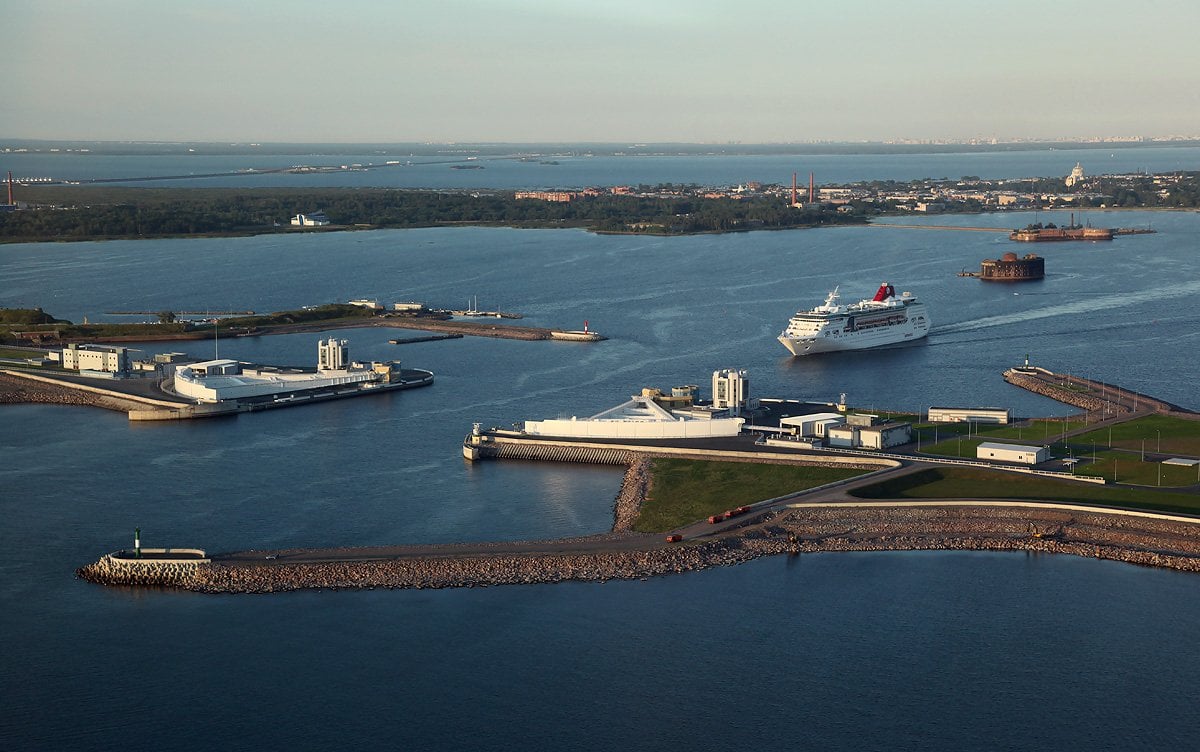Originally posted on October 10 0216 It's called the Maeslantkering: the storm surge barrier with two giant arms, each weighing around 15.000 tons. The storm suggest barrier is located in the Nieuwe Waterweg - it’s the river that connects the Port of Rotterdam with the North Sea. This storm surge barrier was constructed after the flood of 1953. It was a tragical event in the Dutch history that caused the death of 1835 people. Nowadays, the Maeslantkering protects 1.5 million people and the economical heart of the Netherlands - the Port of Rotterdam - against floods.

A picture taken during the flood of 1953. Here the water flows into the mainland after the dyke broke.
In the night of February 1st, 1953, something terrible happened. A combination of spring tide and a strong European windstorm caused a storm tide. This meant that the water level was considerably higher than normally. The combination of the strong wind and the storm tide meant that that the water defence system couldn’t hold it anymore and the dykes broke at multiple locations. Due to this event, the water came onto the mainland during the night and a lot of people were surprised by the water. My granddad lived in one of those areas where a dyke broke. Fortunately, he and his family could go to the attic on time, where they were safe, at least for two days. After those two days, the water was still rising and they had to make a hole in the ceiling to climb on the roof. Four hours passed by sitting in the cold wind and then he and his family were finally rescued. My granddad’s story has a good ending, but nearly 2000 were not so lucky.

The top view of the Maeslantkering.
Quickly after the storm in February 1953, the Dutch government set up the Delta Commission. This commission consisted out of water experts who had to create a plan to make the Netherlands safe against the water. As a result, the plan for the Delta works was made. The plan included multiple structures such as the Eastern Scheldt storm surge barrier, the Zeelandburg and the Maeslantkering.
 This is a map of all the water structures that have been constructed as a part of the Delta plan.
This is a map of all the water structures that have been constructed as a part of the Delta plan.
As you can see on the picture the Maeslantkering has two arms that each weighs approximately 15.000 tons. This makes the Maeslantkering the largest moving structure on the Earth! It took in total ten years to build this megastructure, four years of designing and testing, and six years of construction. It's expected that the Maeslantkering has to close once in every ten years, for now. However, because of sea level rise and climate change, experts have come up with a new expectation - it has to close once in every five years.
 This picture is made by myself during a visit to the Maeslantkering. Here you can see how large the structure is compared to the height of a person.
This picture is made by myself during a visit to the Maeslantkering. Here you can see how large the structure is compared to the height of a person.
The technology used for the Maeslantkering has also been applied to several other locations in the world. For example, in St. Petersburg (Russia) and New Orleans (USA) there are storm surge barriers that look like a replica of the Maeslantkering. Also, the same technology has been implemented for the storm surge barriers in Venice (Italy) and London (UK).
 This is a photo of the storm surge barrier located in St. Petersburg. The design is based on the Maeslantkering.
This is a photo of the storm surge barrier located in St. Petersburg. The design is based on the Maeslantkering.
As you can see, the work of Dutch water experts is valued and exported all over the world. It’s not only the Maeslantkering that has multiple replicas in different countries. This also applies to the Eastern Scheldt storm surge barrier and the relatively new ‘Sand Motor’ concept, both icons of the Netherlands. The tragical events that took place in the past didn’t keep the Dutch from fighting back against the water. Instead of giving up, they fought back and are now the leading country in the fields of coastal engineering and water management.
